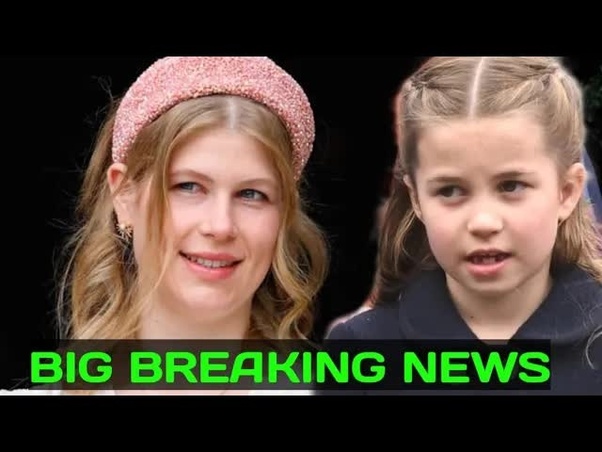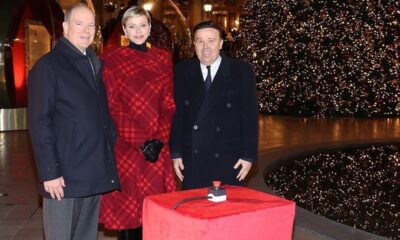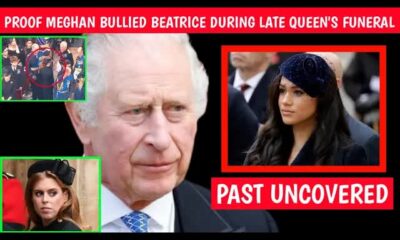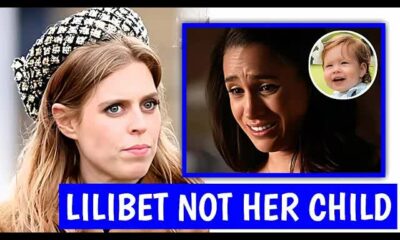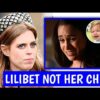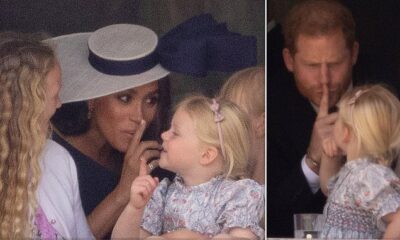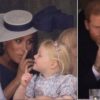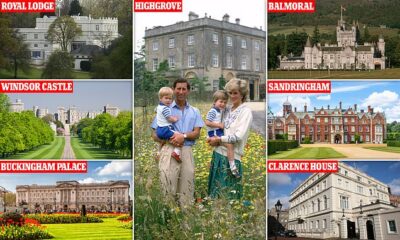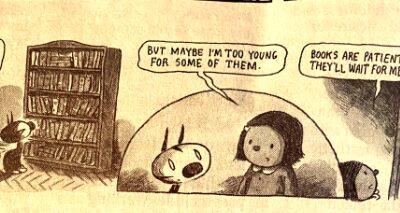Must Read
Lady Louise Windsor and Princess Beatrice: The Future Faces of the British Monarchy
Lady Louise Windsor and Princess Beatrice may not hold official working roles within King Charles' streamlined monarchy, but according to royal commentator Gareth Russell, they have the potential to make significant contributions to the royal agenda.
Despite their non-working status, both Louise, aged twenty, and Beatrice, aged thirty-five, possess a level of recognisability that could fill gaps left by a shortage of working royals from the next generation.
While senior royals like the Duke and Duchess of Gloucester and the Duke of Kent currently represent the King in various engagements, there is a growing need for younger members to step up and share the workload.
Princess Beatrice, known for her patronage of dyslexia charities, has garnered public support for her charitable efforts, showcasing her dedication to making a positive impact on society.
However, she does not officially represent the King in these endeavors.
Gareth Russell highlights the essential charity and diplomatic work carried out by senior royals, emphasizing that their contributions go beyond mere public recognition or social media applause.
As the older royals look to lessen their responsibilities, the importance of having a new generation of working royals becomes increasingly evident.
Lady Louise, currently a student at the University of St Andrews, is unlikely to take on royal duties until she completes her studies.
Her mother, Sophie, Duchess of Edinburgh, has made it clear that her children are not expected to become working royals and are being raised with the understanding that they will likely need to work for a living.
Despite the option to use Her Royal Highness titles once they turn eighteen, Sophie believes this scenario is highly unlikely.
This sets the stage for Princess Beatrice to potentially step into a more active royal role.
Princess Beatrice's background in History and History of Ideas, coupled with her experience in the business sector, equips her with a diverse skill set that could be valuable in promoting educational initiatives and fostering innovation within the monarchy.
Her poised and diplomatic demeanor makes her a suitable representative for the royal family on both national and international platforms.
Princess Beatrice's ability to connect with people from all walks of life further enhances her potential as a working royal, capable of inspiring unity and loyalty among the public.
In contrast, Lady Louise Windsor, the daughter of Prince Edward and Sophie, Countess of Wessex, is seen as a promising asset for the monarchy due to her upbringing within the royal family.
Exposed to the values of service and duty from a young age, Lady Louise possesses a deep understanding of royal protocols and traditions, setting her up for a seamless integration into a working royal role in the future.
Her maturity, poise, and interest in equestrianism further distinguish her as a potential representative of the monarchy.
Lady Louise's involvement in charitable initiatives, influenced by her parents' commitment to social causes, aligns with the royal family's philanthropic efforts.
Her relative privacy and limited public exposure have allowed her to develop an authentic and relatable persona, making her approachable to a wide range of individuals.
This genuine connection with the public positions Lady Louise as a valuable asset in promoting the monarchy's core values and fostering positive relationships with the community.
As the British monarchy looks towards the future, the potential roles of Lady Louise Windsor and Princess Beatrice come into focus.
With their unique qualities, skills, and dedication, both young women have the opportunity to shape the public image and charitable efforts of the royal family.
By embracing their roles as potential working royals, Lady Louise and Princess Beatrice could contribute meaningfully to the ongoing relevance and legacy of the British monarchy, ensuring its continued service to the nation and beyond.
